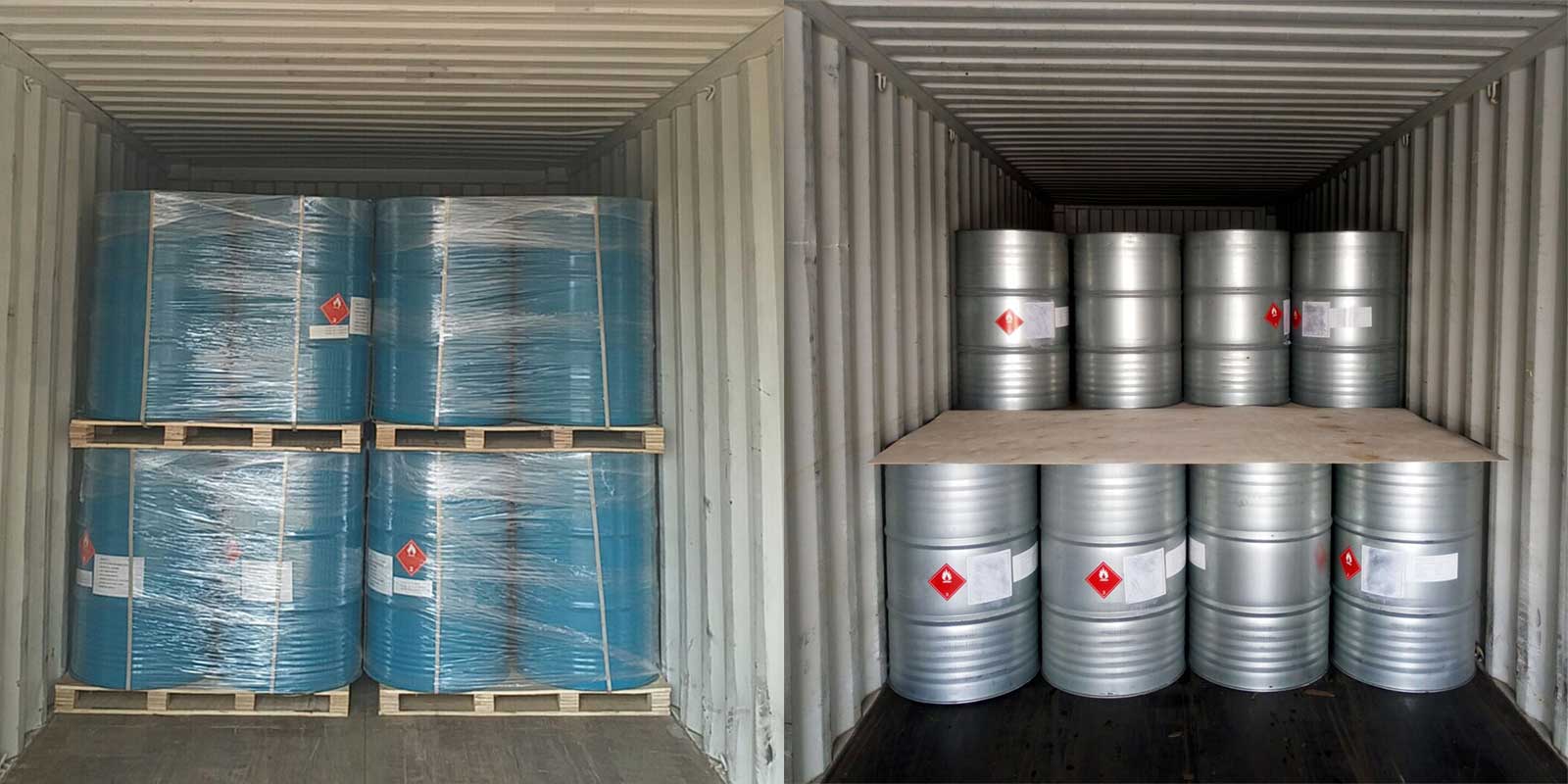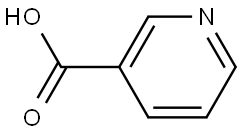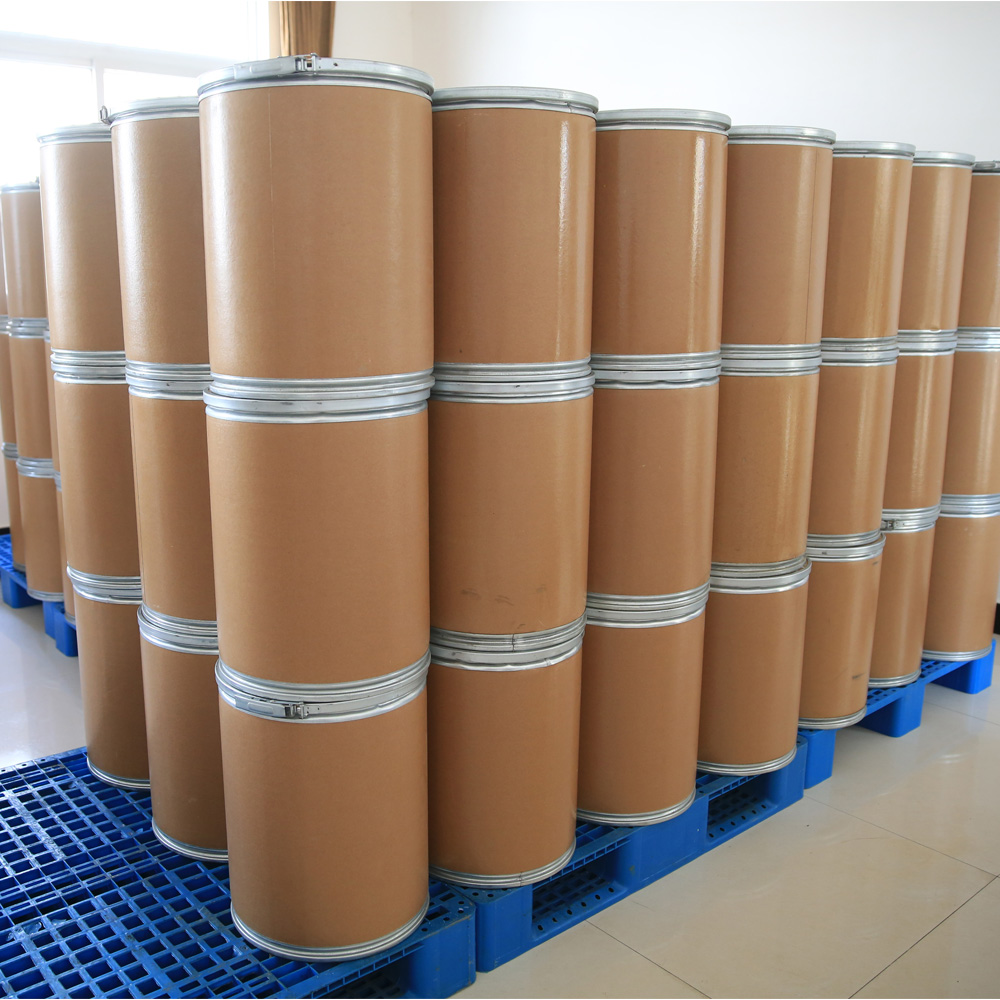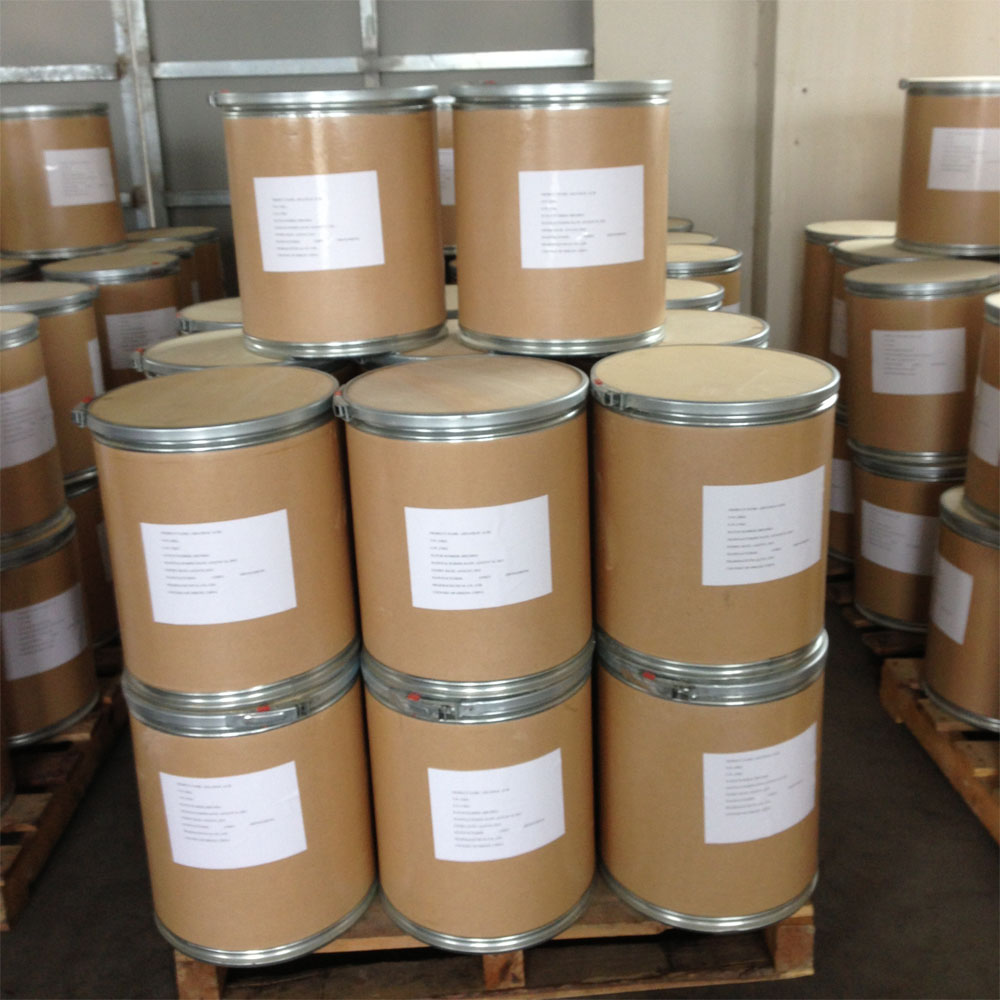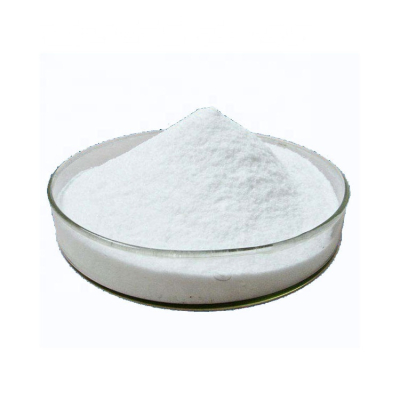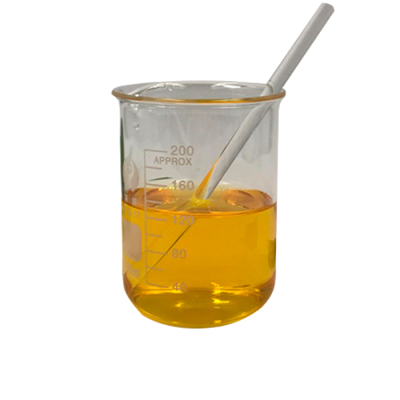Nicotinic Acid CAS# 59-67-6 Vitamin B3
Nicotinic Acid CAS# 59-67-6 Vitamin B3 Promotion Season Now in Store and Free Sample for Testing with Factory Price
Chemical Name:Nicotinic Acid
CAS No.:59-67-6
Molecular Formula:C6H5NO2
Molecular weight:123.11
Sample: Available
Mode of Transportation
1. By Air, fast but expensive.
2. By Sea, usual and economy.
3. By Train, suit for middle Asia countries.
4. By Express, suit for small package.
We only provide highest quality goods available, accompanied by after support!
Nicotinic Acid CAS# 59-67-6 Vitamin B3
Nicotinic Acid (Nicotinic Acid, also known as Vitamin B₃, CAS number 59-67-6, is extremely important in human metabolism, medicine and industry. Its molecular formula is \(C_6H_5NO_2\) and its molecular weight is 123.11. Chemical name pyridine-3-carboxylic acid, belongs to the pyridine derivatives. It is one of the 13 essential vitamins in the human body and is involved in many important metabolic processes in the body. In cell respiration, niacin constitutes the key components of coenzyme Ⅰ (NAD) and Coenzyme Ⅱ (NADP), and plays an irreplaceable role in the energy conversion of carbohydrates, fats and proteins, ensuring the normal operation of human tissues and organs.
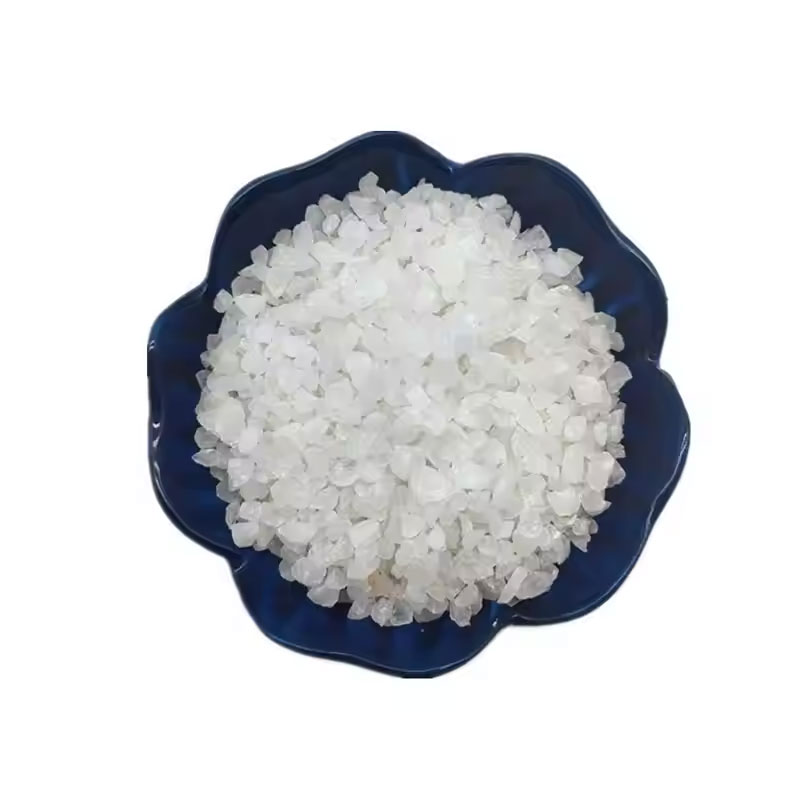
Product Name: | Nicotinic acid |
Synonyms: | BETA-PICOLINIC ACID;AKOS BBS-00003719;ACIDUM-NICOTINICUM;3-PICOLINIC ACID;3-CARBOXYPYRIDINE;RARECHEM AL BO 0217;TIMTEC-BB SBB004279;NICOTINIC ACID |
CAS: | 59-67-6 |
MF: | C6H5NO2 |
MW: | 123.11 |
EINECS: | 200-441-0 |
Product Categories: | carboxylic acid;NIASPAN;Vitamin B3;Building Blocks;Chemical Synthesis;Heterocyclic Building Blocks;Analytical Chemistry;Biochemistry;Nutrition Research;Pyridines;Vitamin B;Vitamin series;vitamin;Other APIs;Pyridine;Mass Spectrometry;Matrix Materials (MALDI-TOF-MS);Vitamins;Vitamins and derivatives;Vitamin Ingredients;Miscellaneous Compounds;Signalling;Aromatics;Intermediates & Fine Chemicals;Isotope Labelled Compounds;Pharmaceuticals;C6;Inhibitors;59-67-6;OLED |
Mol File: | 59-67-6.mol |
| |
Nicotinic acid Chemical Properties |
Melting point | 236-239 °C(lit.) |
Boiling point | 260C |
density | 1.473 |
bulk density | 330kg/m3 |
refractive index | 1.5423 (estimate) |
Fp | 193°C |
storage temp. | 2-8°C |
solubility | 18g/l |
pka | 4.85(at 25℃) |
form | Powder |
color | White to off-white |
PH | 2.7 (18g/l, H2O, 20℃) |
Odor | odorless to sl. odor, sour taste |
biological source | synthetic (organic) |
Water Solubility | 1-5 g/100 mL at 17 ºC |
Merck | 14,6525 |
BRN | 109591 |
BCS Class | 3 |
Stability: | Stable. Incompatible with strong oxidizing agents. May be light sensitive. |
InChIKey | PVNIIMVLHYAWGP-UHFFFAOYSA-N |
LogP | 0.360 |
CAS DataBase Reference | 59-67-6(CAS DataBase Reference) |
NIST Chemistry Reference | Niacin(59-67-6) |
EPA Substance Registry System | Nicotinic acid (59-67-6) |
Product Usage
Nicotinic acid is an important factor in delivering hydrogen and fighting pellagra in organisms; it helps maintain skin and nerve health and stimulate digestion. Nicotinic acid or niacinamide are used to treat and prevent pellagra. This is a disease caused by niacin deficiency. Niacin is also used to treat high cholesterol. In some cases, niacin taken with colestipol can work as well as colestipol and a statin medicine. Niacin USP granular is used for food fortification, as dietary supplement and as an intermediate of pharmaceuticals. Niacin feed grade is used as vitamin for poultry, swines, ruminants, fish, dogs and cats, etc. It is also used as intermediate for nicotinic acid derivatives and technical applications.
Factory and Equipment Show


Fast transport time
Inventory 2-3 working days New manufacturing 7-10 working days
